The Ormiston Yew is a fine example of a “layering” yew (Taxus baccata) in Scotland. Its weeping branches radiate out from the solid central trunk and take root where they touch the ground, encircling the tree in an ever-extending fringe of growth. The inner chamber formed by the layered branches and dense foliage creates a […]
Andrew Purves Memorial Library of Ormiston
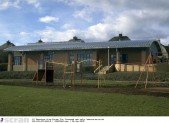
The Andrew Purves Memorial Library was named in honour of a long standing local Councillor. The library serves both the community in Ormiston and its surrounding rural neighbours, Humbie, Pencaitland and Salton. It was designed by architects in East Lothian Council’s Property Services Division. The garden outside the library is landscaped to include a children’s […]
Winton Mine
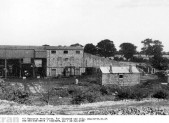
Winton Mine, opened as a ventilation mine in 1943 by the Ormiston Coal Company, was developed by the NCB in 1949 to mine coal. Along with Bellyford, Oxenford No.3 and Castle, it formed the NCB’s economic ‘Ormiston Scheme’ to work the Diamond Seam.. This is the mine’s small steel screening plant which had one ‘tippler’, […]
Limeylands Colliery
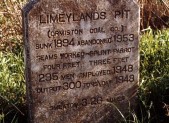
Limeylands Colliery, sunk in 1894, was owned by the Ormiston Coal Company. It worked the Four-feet, the Three-feet and the Parrot Seams to produce household and steam coal. It was abandoned soon after nationalisation in 1953. This memorial stone on the Pentland railway Walk gives the history of the colliery including the owner’s name, dates […]
Ormiston Coal Company
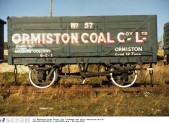
The Ormiston Coal Company, whose workings were south of Tranent in East Lothian. The company were one of a number of small concerns working either a single or a few linked, small pits on the East Lothian coalfield. There were vast fleets of colliery wagons, which were in use until the middle of the 20th […]
Ormiston Hall
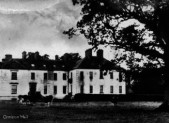
Ormiston Hall lies to the south of the village, is a building of 1745, in the tea-canister style of architecture that then prevailed. By 1832, three additions had then been made to it in similar style, one canister added alongside of another; but as it has no external pretension, it gives no offence, and within […]
Ormiston Castle
The East Lothian village of Ormiston is noted for having been rebuilt as a model community by John Cockburn of Ormiston in the 1730’s. Having established an agricultural society for landowners and tenants to discuss improvements in farming and promoting linen manufacture, bringing skilled foreign craftsmen into Scotland to train his estate workers, John was […]
The Bevin Boys
Bevin Boys were young men between 18 and 25 who were chosen by ballot to serve in the mining industry. They were named after Ernest Bevin the wartime Minister of Labour and leader of the Transport and General Workers Union. The system employed by Ernest Bevin was that of a ballot scheme whereby young men […]
House O’ Muir
One and a half miles south west of Ormiston village at the junction of two by roads is a one storey building dating from the 17th Century. It is oblong in plan and measures 17 feet 8 inches x 48 feet over walls 2 and a half feet thick. The walls are roughcast and the […]
Ormiston Parish Church – Church of Scotland
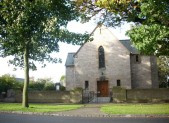
The Kirk replaced another church close by at Ormiston House and was built in 1696 with a small but now extended burial yard. Mort safes were used to secure the dead and were reckoned to be of good construction. It is highly likely that George Wishart and John Knox preached in the church. It was […]

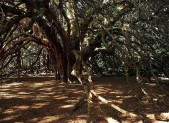
Recent Comments